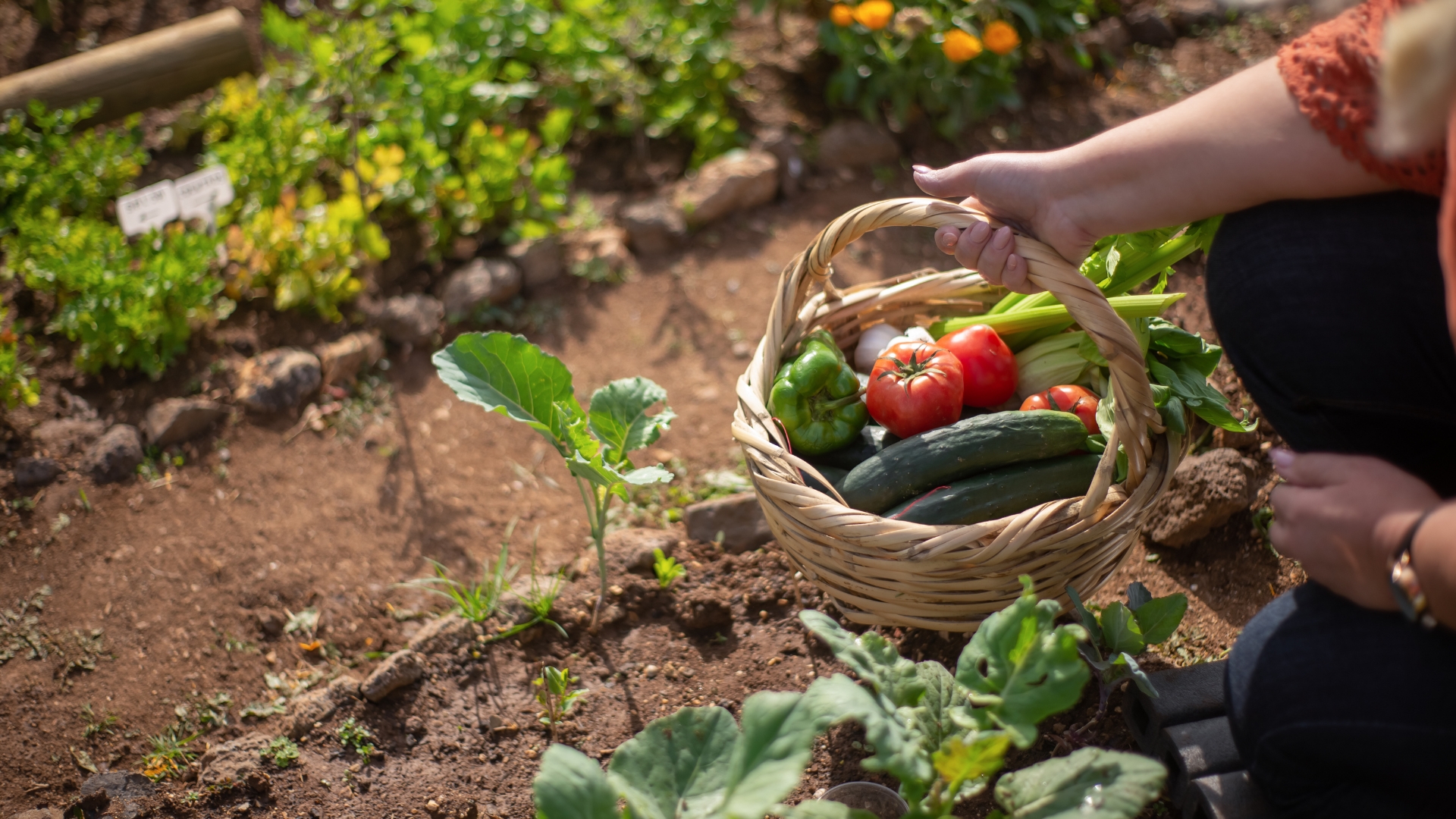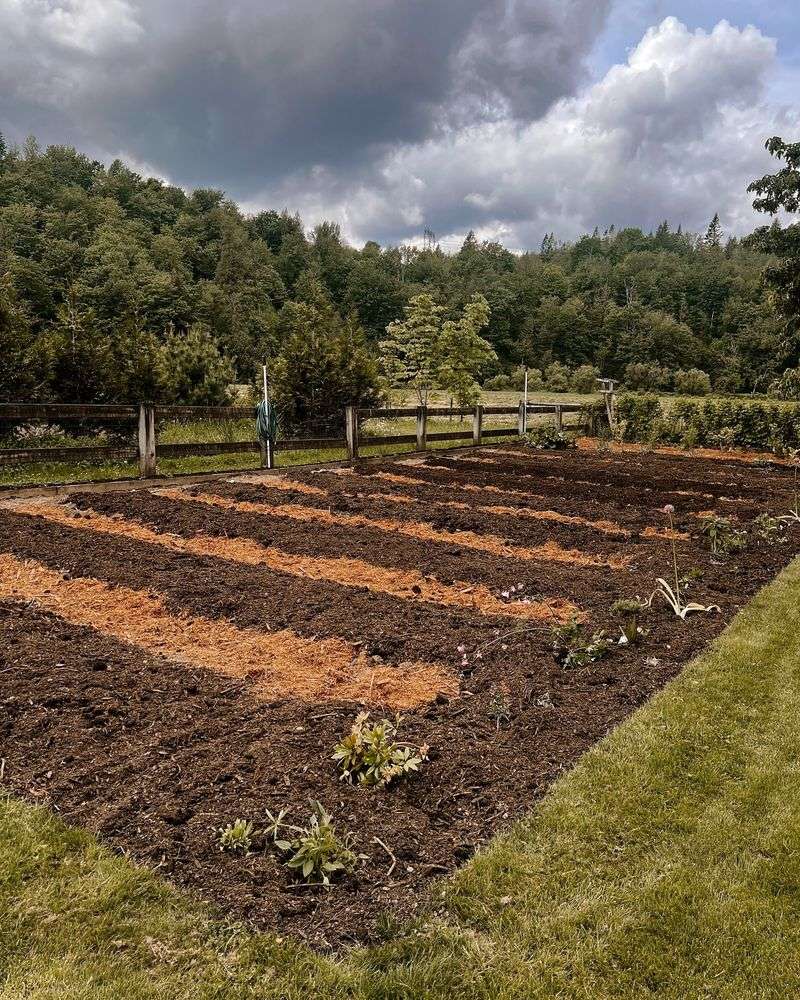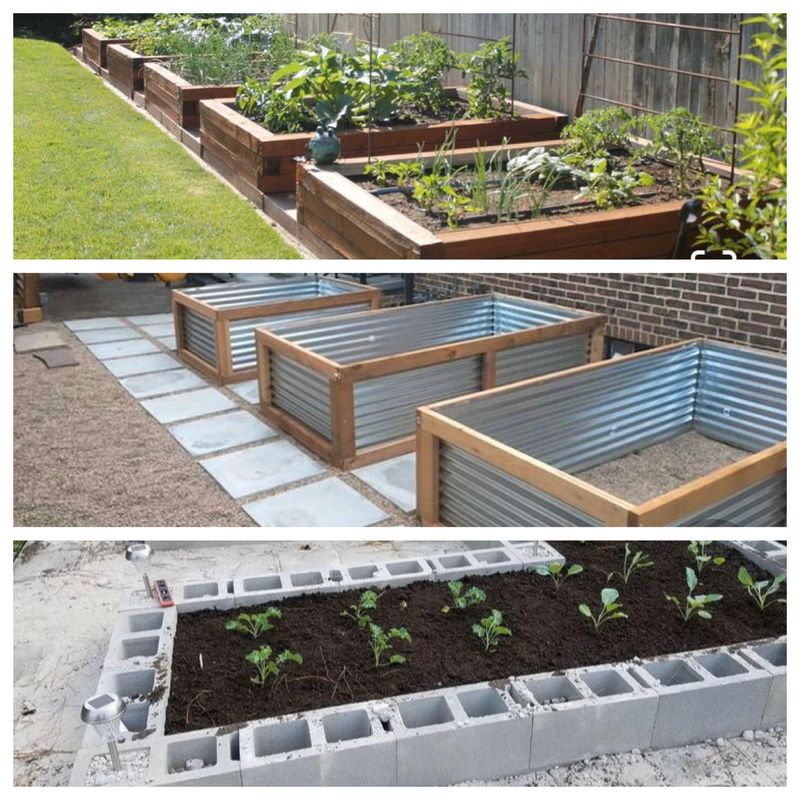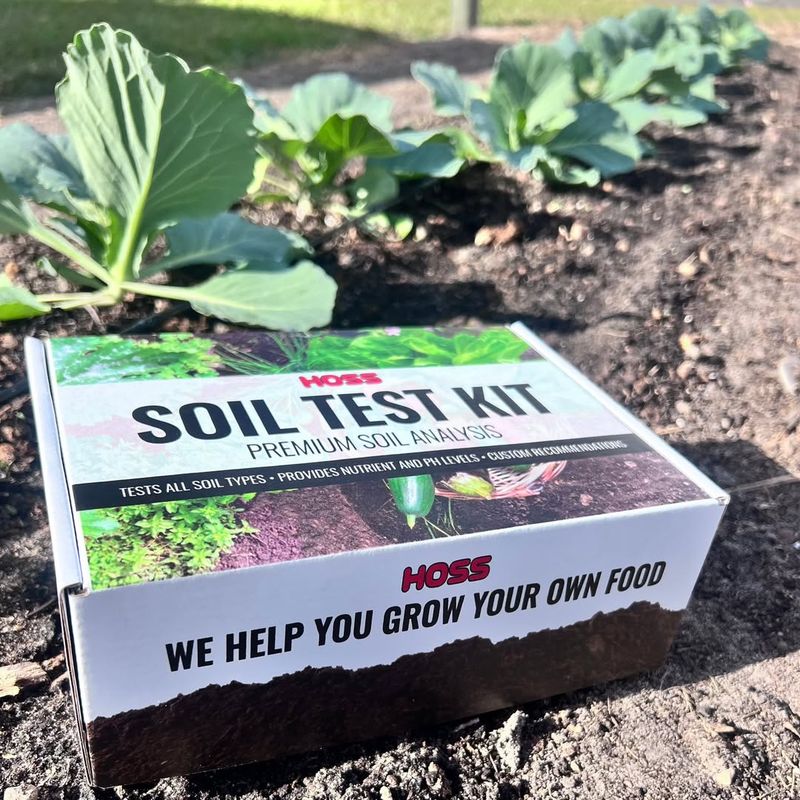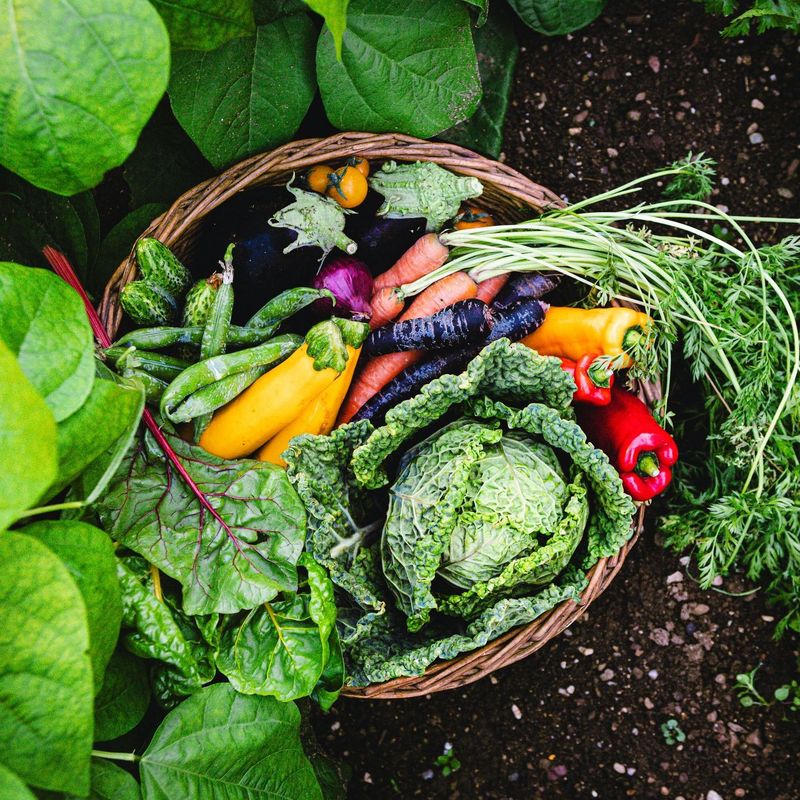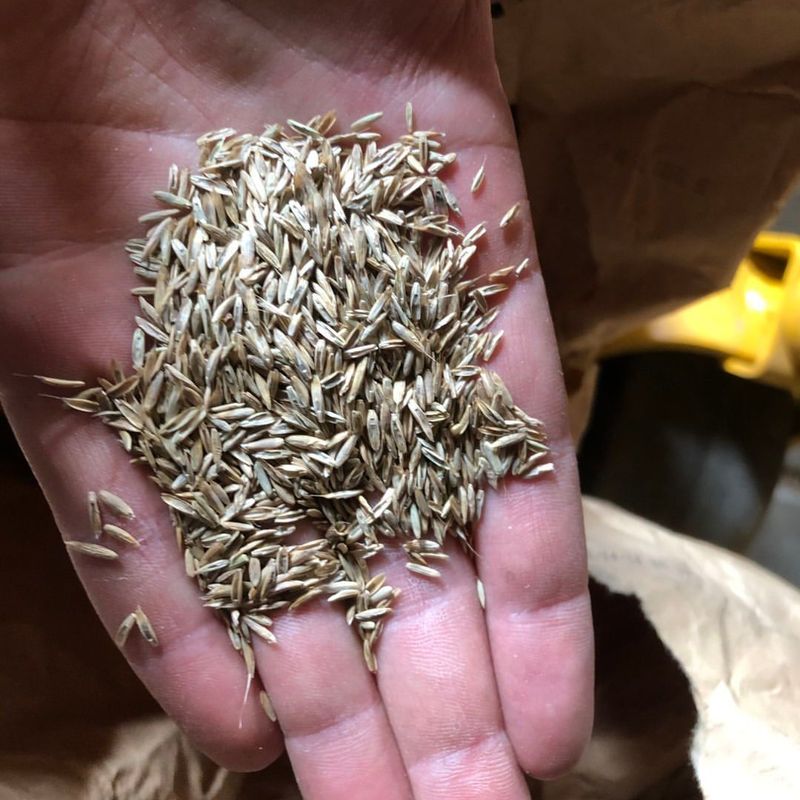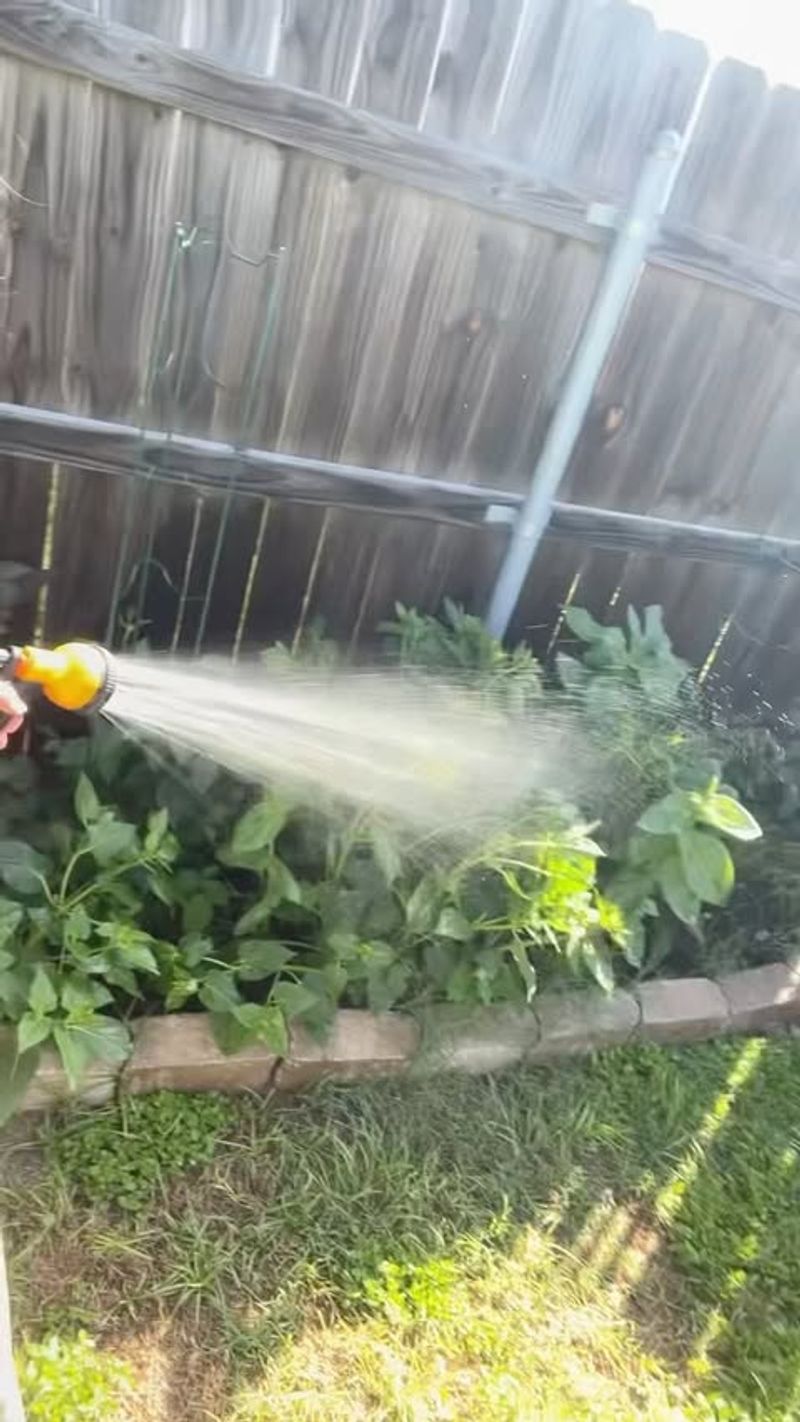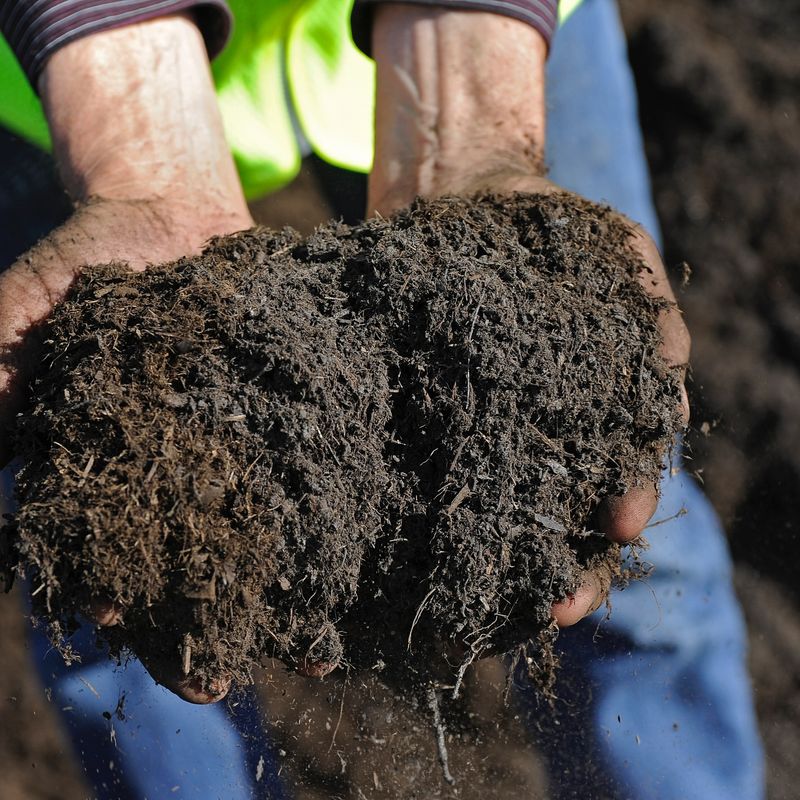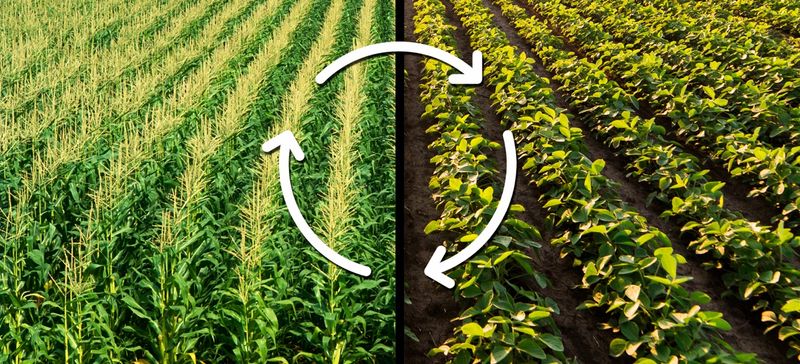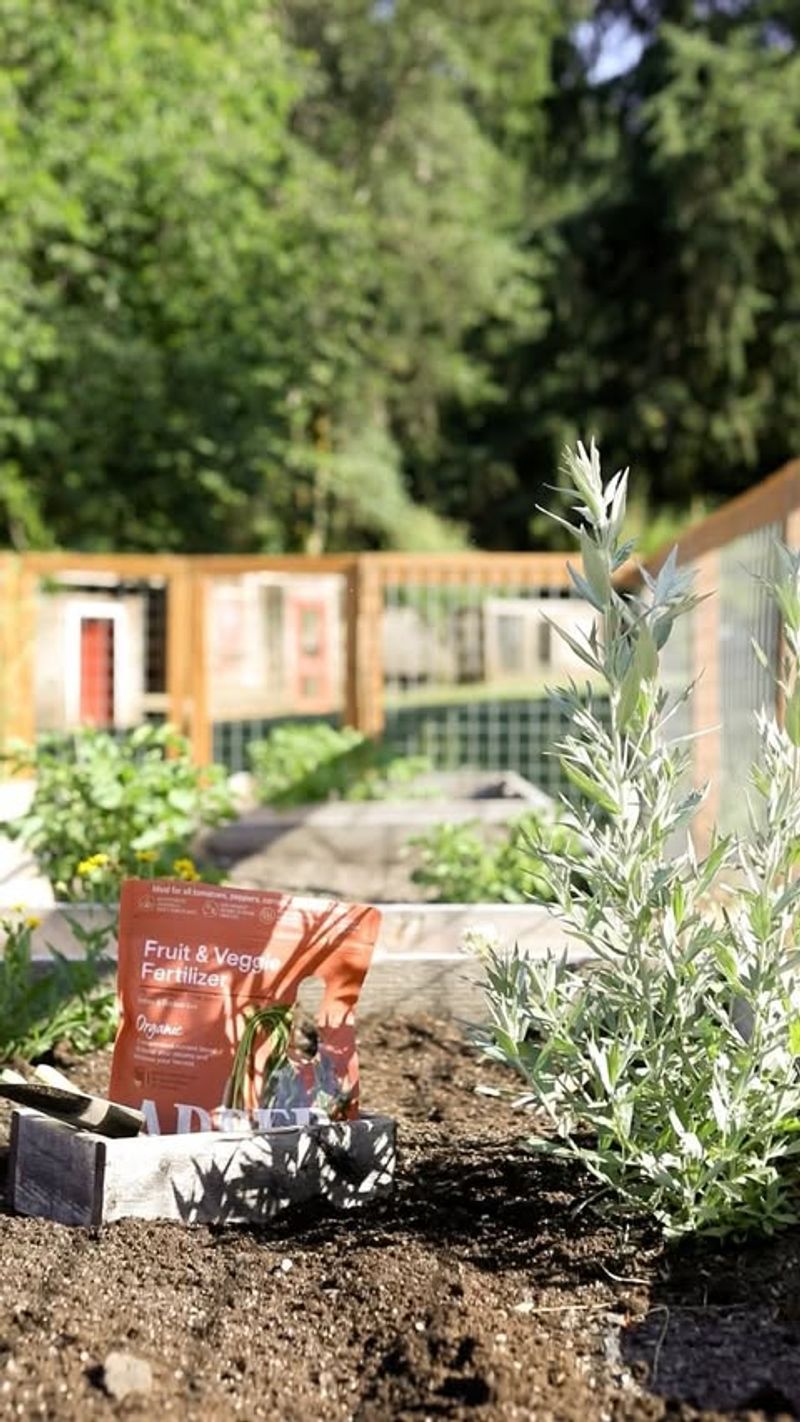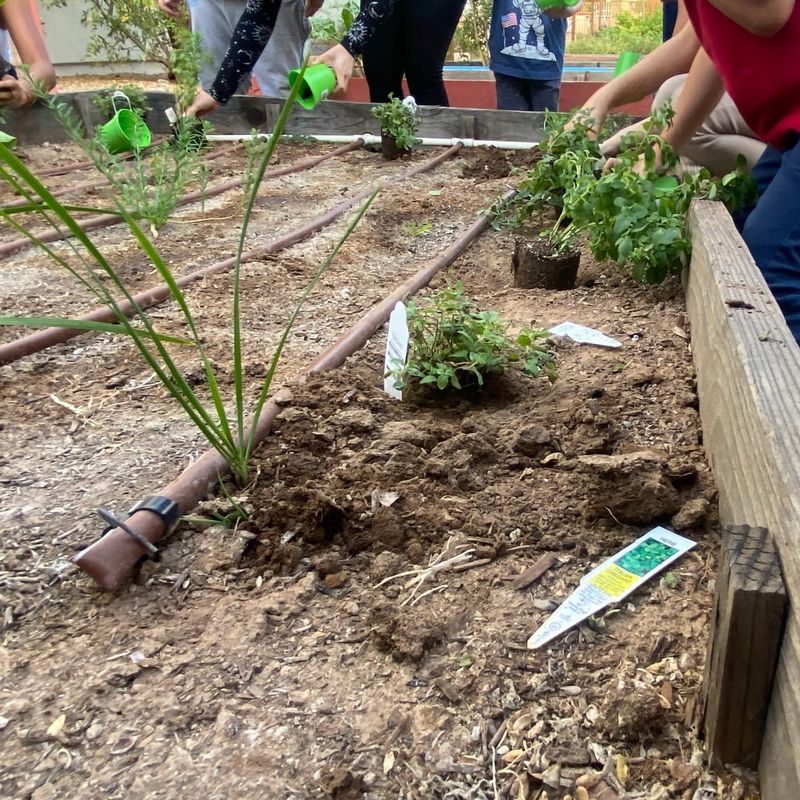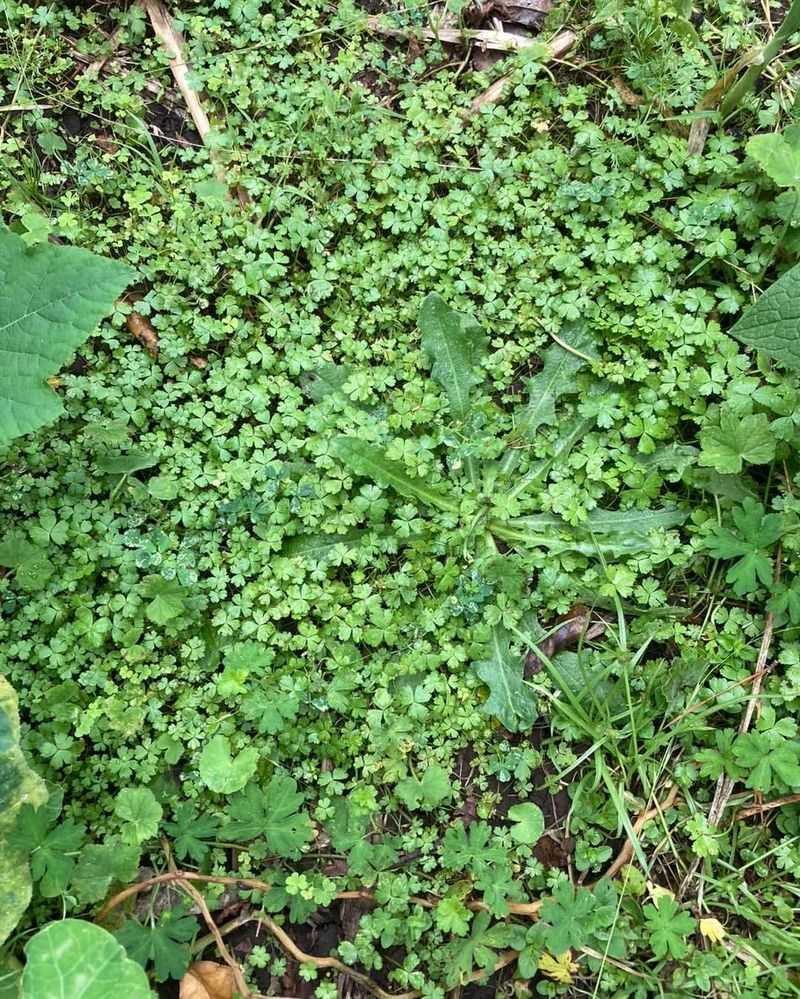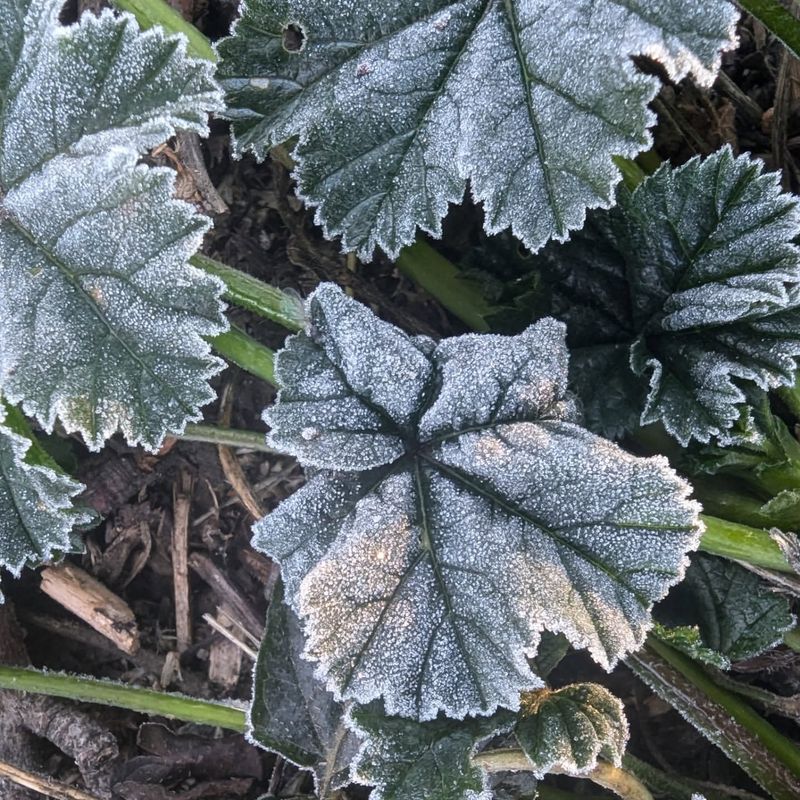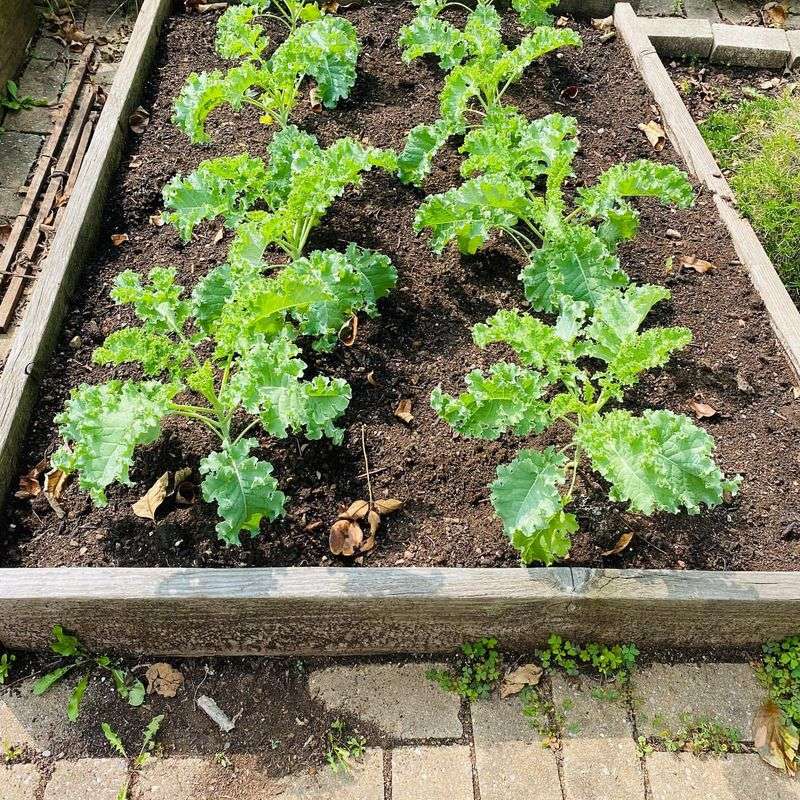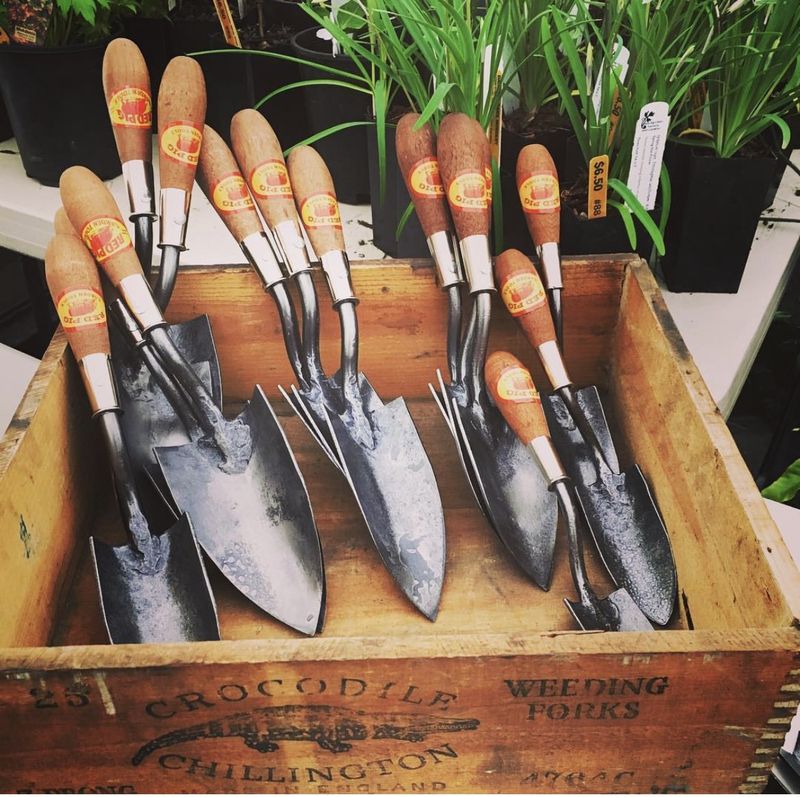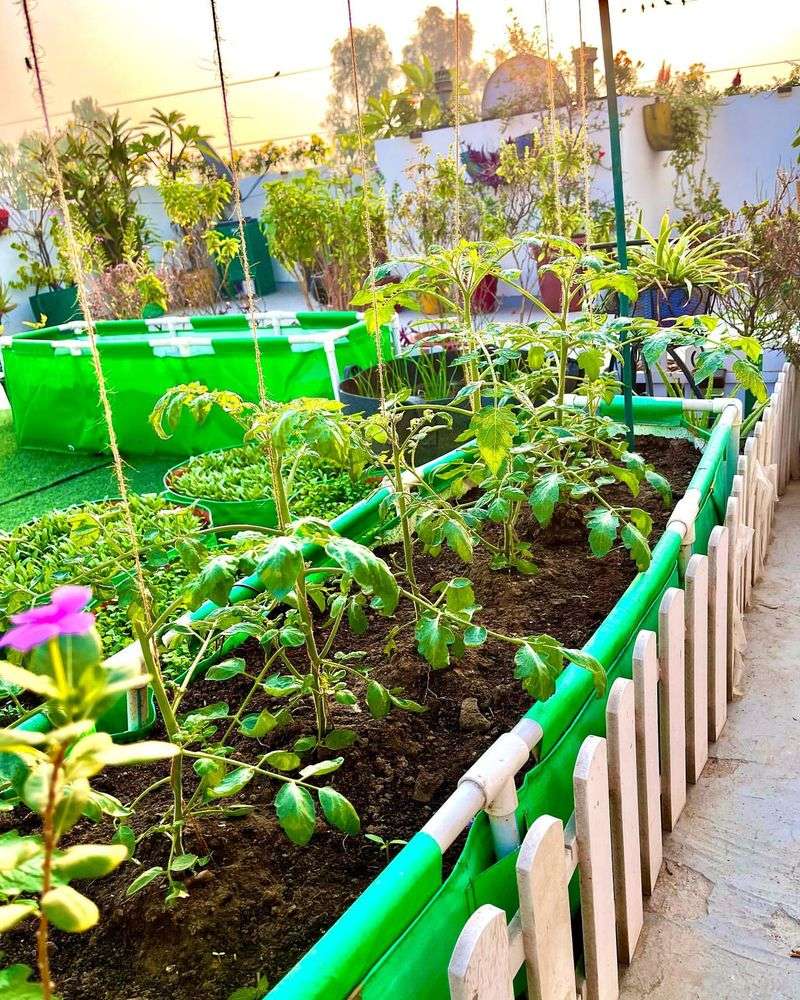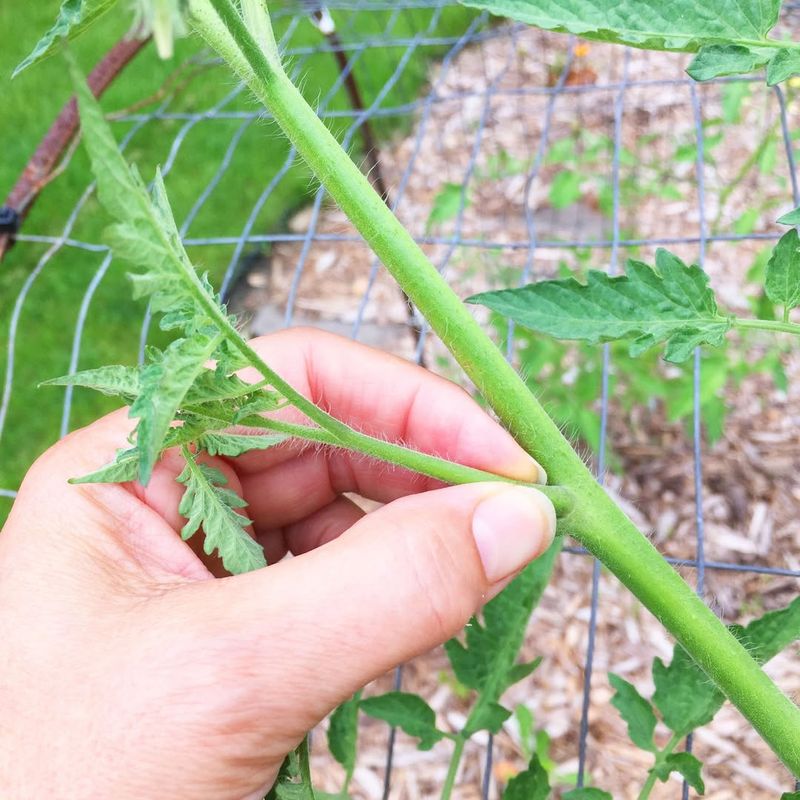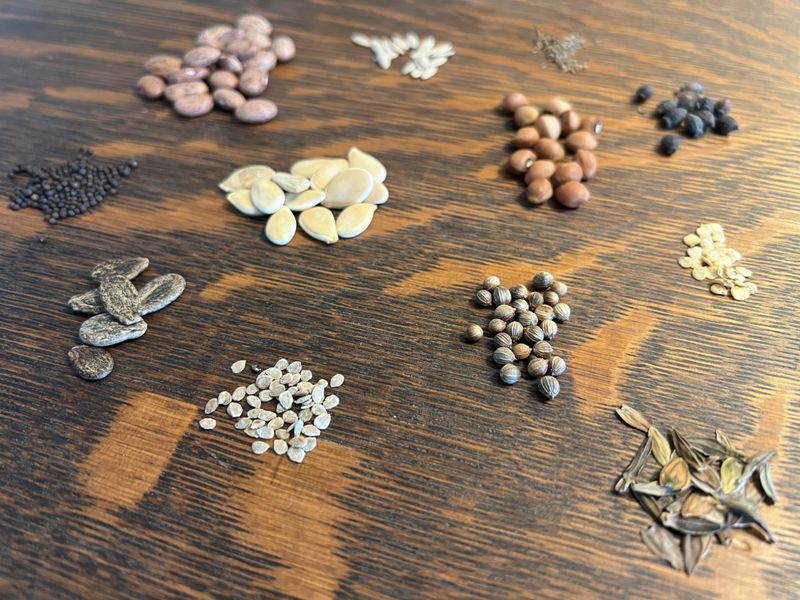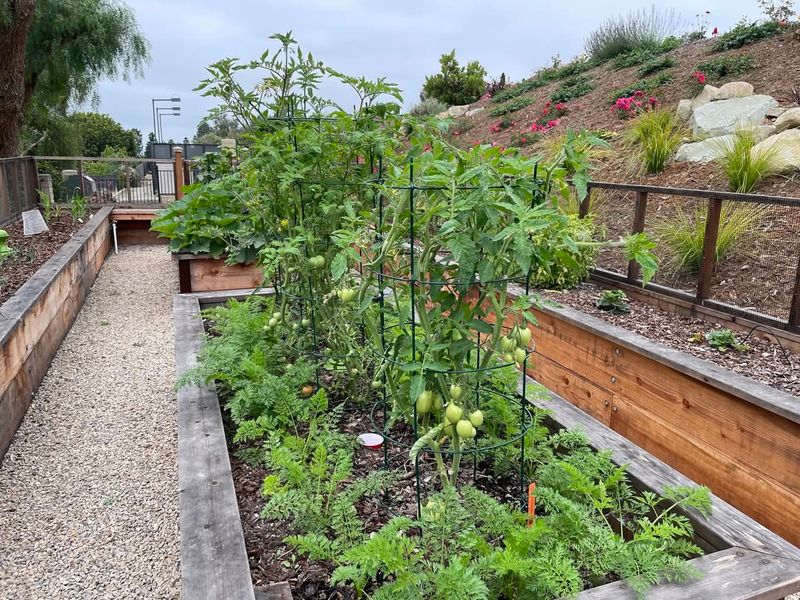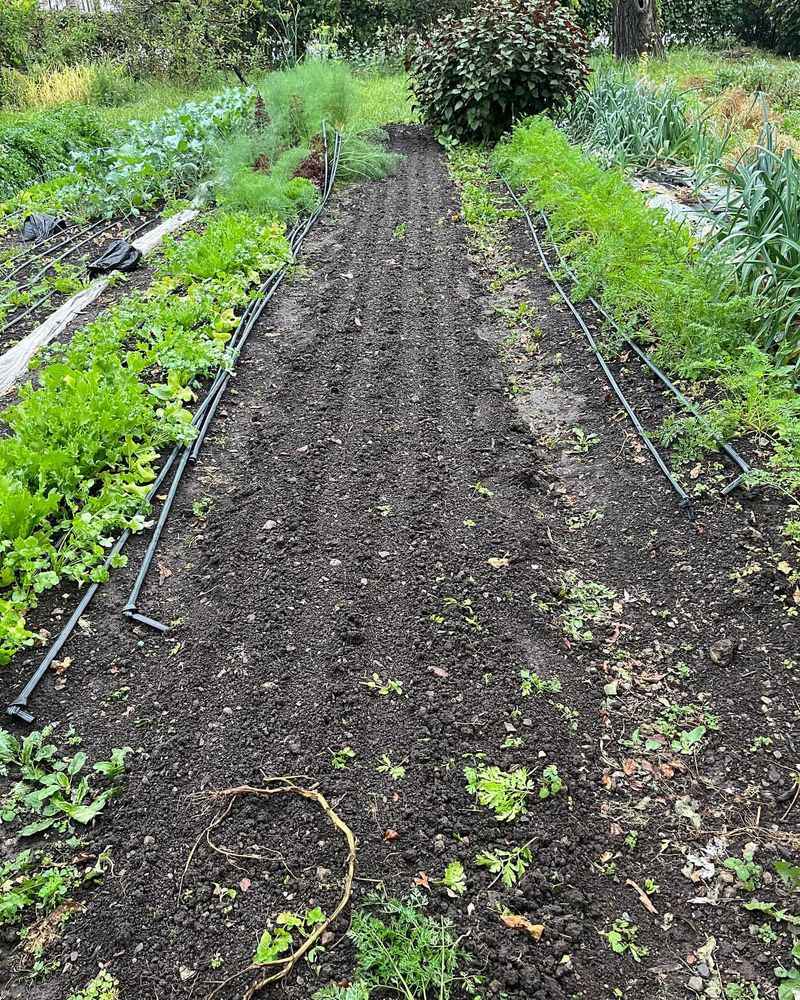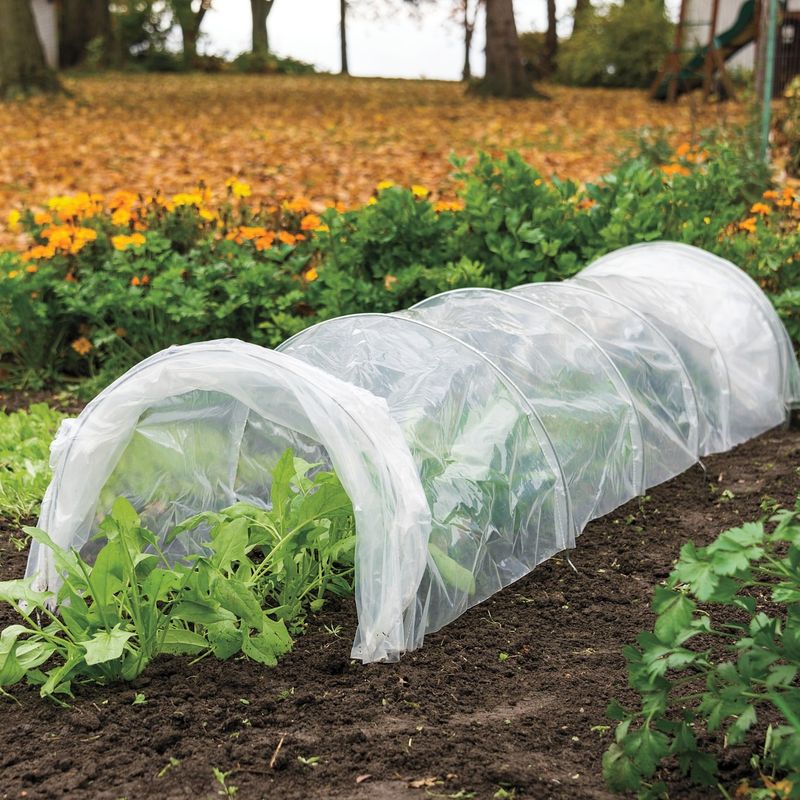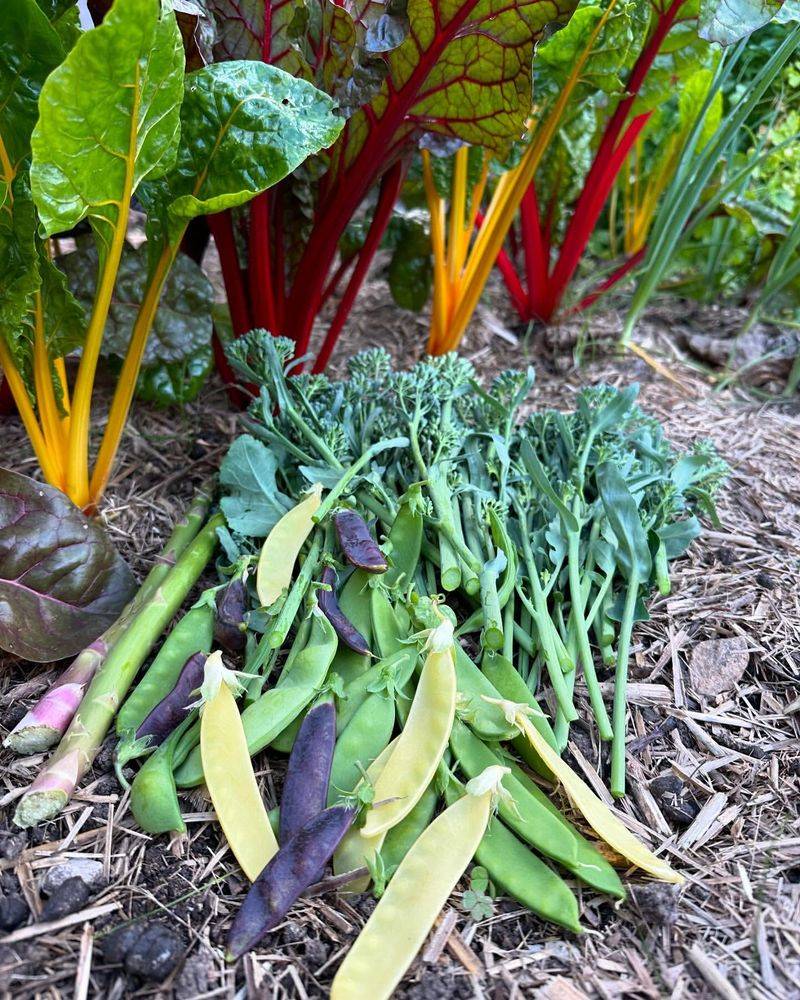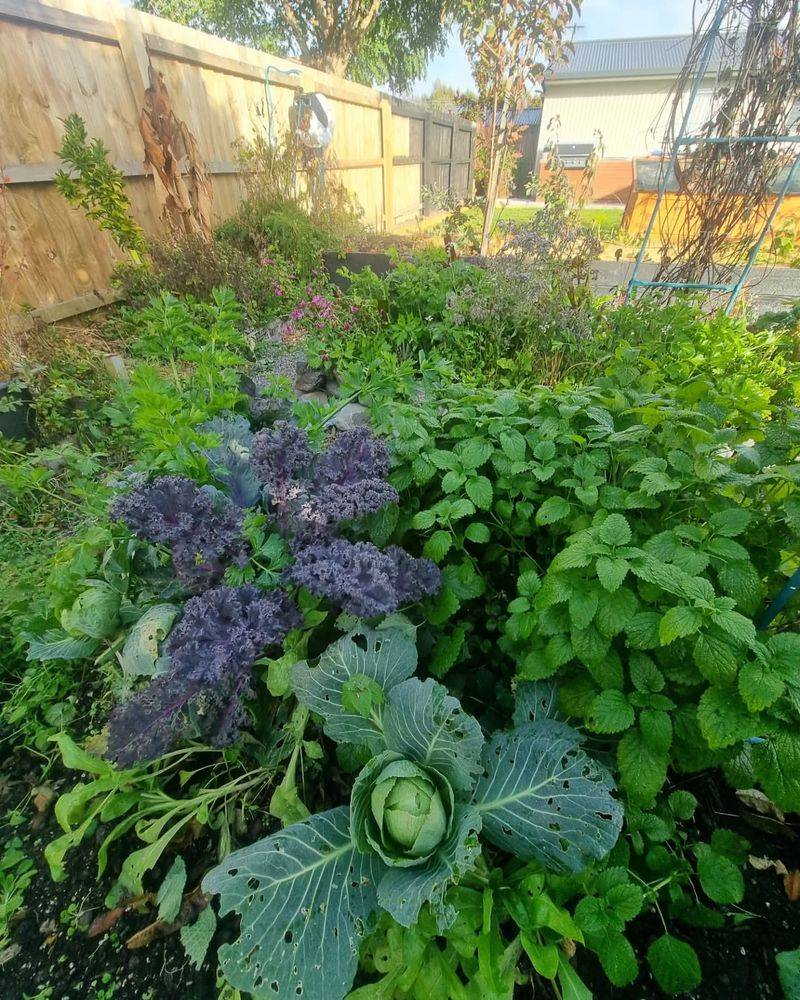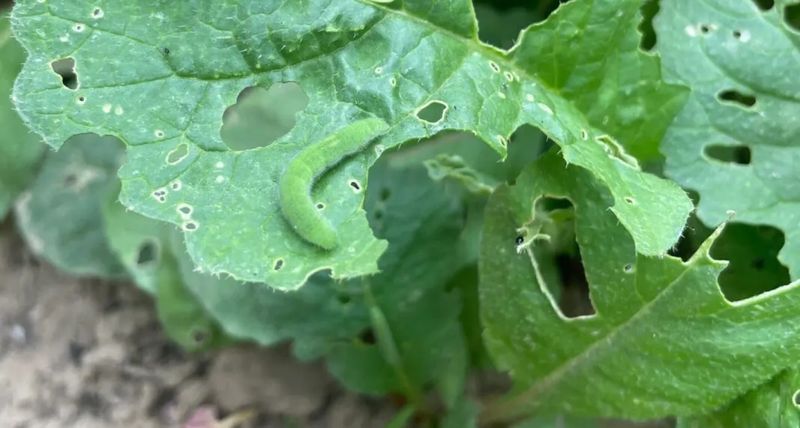Starting a vegetable garden was one of the most rewarding decisions I ever made.
With each seed I plant, I feel a deeper connection to nature and a growing excitement for the harvest ahead.
These 24 simple tips have transformed my gardening journey, making it fun and fruitful from day one.
1. Choose The Right Location
Selecting the perfect spot for your vegetable garden is crucial for plant growth. Look for a location that receives at least six hours of sunlight daily.
This ensures that your plants have the energy they need to produce healthy and abundant harvests. Avoid areas with too much shade or near large trees, as they can compete for nutrients.
Consider the soil drainage as well; you don’t want waterlogged roots. By picking the right spot, you set the foundation for a thriving garden. Remember, a little planning goes a long way in gardening success.
2. Plan Your Garden Layout
Before planting, sketch out a layout for your garden. This helps you organize space efficiently and ensures each plant has room to grow.
Consider companion planting, where certain plants are grown together for mutual benefits. For instance, tomatoes and basil make excellent partners.
Plan for pathways to access your plants easily without stepping on the soil. A well-thought-out layout can prevent overcrowding, making maintenance easier.
Remember, a planned garden is a productive garden. Taking time to design your space can save you headaches later on.
3. Test Your Soil
Understanding your soil’s condition is key to successful gardening. Use a home soil test kit to check for pH and nutrient levels. Most vegetables prefer slightly acidic to neutral pH levels, around 6.0 to 7.0. Knowing this helps you amend the soil properly before planting.
Add compost or organic matter to improve fertility if necessary. Regular testing allows you to adapt to your plants’ changing needs.
Healthy soil leads to healthy plants, so don’t skip this step. A little forethought here can yield bountiful results throughout the growing season.
4. Start With Easy-to-Grow Vegetables
For beginners, starting with easy-to-grow vegetables can boost confidence. Radishes, lettuce, and zucchini are great choices as they sprout quickly and require minimal care. These vegetables thrive in various conditions and offer continuous harvests.
As you gain experience, gradually introduce more challenging plants. This approach minimizes frustration and maximizes learning.
Watching your first seeds sprout is an exciting experience that keeps you motivated. Remember, gardening is a journey, and starting simple can lead to a lifelong love for growing your own food.
5. Use Quality Seeds
Investing in high-quality seeds is essential for a successful garden. Quality seeds lead to healthier plants and better yields. Look for reputable suppliers and check for seed viability dates to ensure freshness.
Consider heirloom varieties for unique flavors and characteristics. Saving seeds from your best plants for future use can also be rewarding.
Remember, the journey of your plants begins with the seed, so start strong. The right seeds can make all the difference in your gardening experience and results.
6. Water Wisely
Proper watering is crucial for plant health and avoiding diseases. Water your plants early in the morning or late afternoon to minimize evaporation. Focus on the base of the plants to ensure the roots receive adequate moisture.
Avoid wetting the foliage as much as possible, as this can lead to fungal problems. Consistent watering helps develop strong roots, so try to set a regular schedule.
Understanding your plants’ water needs is key to their success. With mindful watering, your garden will thrive, and you’ll conserve water too.
7. Mulch To Retain Moisture
Mulching is a simple yet effective way to conserve soil moisture and suppress weeds. Organic mulches like straw, wood chips, or grass clippings work best. Spread a layer around your plants, being careful not to cover the stems.
Mulch breaks down over time, adding nutrients to the soil. It also helps regulate soil temperature, keeping roots cool in the heat.
By mulching, you reduce the frequency of watering and enhance soil health. This practice is a win-win for any gardener looking to simplify their routine and boost plant growth.
8. Rotate Crops Annually
Crop rotation is a practice that can improve soil health and reduce pest buildup. By changing the location of your plants each year, you prevent soil nutrient depletion. For example, follow nitrogen-fixing beans with heavy feeders like tomatoes.
This strategy disrupts pest and disease cycles, leading to healthier plants. Planning rotation takes some forethought but pays off in the long run.
It keeps your garden vibrant and productive year after year. Remember, a little change can make a big difference in your gardening success.
9. Feed Your Plants
Feeding your plants with the right nutrients is essential for growth and productivity. Use organic fertilizers to improve soil health and provide balanced nutrition. Focus on key growth stages, such as flowering and fruiting, for optimal results.
Regular feeding keeps plants vigorous and increases yields. However, avoid over-fertilizing, as this can harm plant roots.
Understanding your plants’ nutritional needs allows you to tailor your approach. With the right care, your vegetables will thrive, rewarding you with bountiful harvests. Remember, nurturing your plants leads to a flourishing garden.
10. Control Pests Naturally
Keeping pests at bay is crucial for maintaining a healthy garden. Use natural methods like companion planting or introducing beneficial insects such as ladybugs. These strategies help control pests without harmful chemicals.
Creating a balanced ecosystem reduces the likelihood of infestations. Regularly inspect your plants for early signs of pests and act promptly.
With diligence and natural solutions, you can protect your garden effectively. Remember, harmony with nature leads to healthier plants and a more rewarding gardening experience.
11. Weed Regularly
Weeding is a necessary chore that keeps your garden healthy. Regularly remove weeds by hand or with tools to prevent them from competing with your vegetables for nutrients and water. Consistent weeding reduces the chances of pests and diseases.
Mulching can also help inhibit weed growth. Staying on top of weeding makes maintenance easier and keeps your garden looking neat.
Although it requires effort, the results are well worth it. Remember, a weed-free garden is a happy garden.
12. Know Your Frost Dates
Understanding frost dates is vital for timing your planting and harvest. Check the average frost dates for your region to avoid damaging young plants. This knowledge helps you plan when to start seeds indoors or transplant seedlings.
Protecting plants from unexpected frosts can save your crops. Use covers or move containers if needed.
By aligning your gardening activities with local climate patterns, you increase the chances of success. Remember, timing is critical in gardening, and being prepared pays off.
13. Practice Succession Planting
Succession planting maximizes your garden’s productivity by ensuring continuous harvests. As soon as you harvest one crop, plant another in its place. This keeps your garden active throughout the growing season.
Choose crops with different maturity times to diversify your harvests. Succession planting requires planning but rewards you with more produce.
By keeping your garden productive, you make the most of your available space. Remember, efficiency in planting leads to abundant rewards.
14. Choose The Right Tools
Having the right tools makes gardening tasks easier and more enjoyable. Invest in basic tools like a trowel, gloves, pruners, and a watering can. Quality tools save time and effort, making your gardening experience more pleasant.
Regularly clean and maintain your tools to extend their lifespan. The right equipment helps you work efficiently and effectively. Remember, a well-equipped gardener is a happy gardener.
With the proper tools, you’ll find gardening more accessible and rewarding.
15. Understand Plant Needs
Each plant has unique needs, from sunlight and water to nutrients and space. Understanding these requirements is essential for a successful garden. Research your chosen plants to know their preferences and tailor your care accordingly.
Plants thrive when their needs are met, leading to better growth and yields.
This personalized approach helps prevent common issues and enhances your gardening skills. Remember, knowledge is power in the garden, and learning about your plants is key to their success.
16. Prune For Plant Health
Pruning is an important practice that promotes healthy growth and improves yields. Remove dead or overgrown branches to allow more sunlight and air circulation. This helps prevent diseases and encourages new growth.
Regular pruning keeps plants in shape and maximizes their productivity. Use clean, sharp tools to avoid damaging your plants.
Remember, a little trim can go a long way in maintaining plant health. By giving your plants a helping hand, you enhance their overall vitality.
17. Save Seeds For Future
Saving seeds is a rewarding practice that ensures a sustainable garden. Collect seeds from your best-performing plants for future planting. This allows you to preserve favorable traits and adapt to local growing conditions.
Properly dry and store seeds in a cool, dark place to maintain viability. Seed saving fosters a deeper connection to your garden and can be cost-effective.
Remember, continuity in gardening begins with the seeds you save. Embrace this tradition to enhance your gardening legacy.
18. Monitor Plant Health
Regularly monitoring your plants’ health is crucial for early detection of problems. Inspect leaves, stems, and soil for signs of pests, diseases, or nutrient deficiencies. Addressing issues promptly can prevent them from spreading and damaging your garden.
Keep records of your observations to track progress and adapt your care accordingly. This proactive approach leads to healthier plants and more fruitful harvests. Remember, attentive gardening leads to thriving plants.
By staying vigilant, you ensure a successful and enjoyable gardening experience.
19. Understand Watering Needs
Understanding your plants’ water needs is essential for their growth and health. Check soil moisture regularly by sticking a finger into the soil. This helps you determine when to water and avoid overwatering.
Different plants have varying water requirements, so tailor your approach to each one’s needs. Consistent monitoring ensures plants receive adequate hydration without stress. Remember, balanced watering keeps your garden flourishing.
A little attention to watering can make a significant difference in plant vitality.
20. Protect Young Plants
Safeguarding young plants is crucial for their development and survival. Use row covers, cloches, or homemade shelters to protect seedlings from harsh weather and pests. This creates a microenvironment that nurtures growth.
Young plants are vulnerable, and extra care ensures they establish strong roots. This investment in protection pays off with healthier plants later.
Remember, nurturing your seedlings sets the stage for a flourishing garden. By providing a safe start, you boost their chances of thriving.
21. Harvest At The Right Time
Harvesting vegetables at their peak ensures the best flavor and quality. Pay attention to signs of maturity, such as size, color, and firmness. Picking too early or too late can affect taste and texture.
Regular harvesting encourages more production and prevents overripening. Enjoy the fruits of your labor by timing your harvests perfectly.
Remember, patience and observation lead to the most rewarding yields. By harvesting wisely, you make the most of your garden’s bounty.
22. Embrace Companion Planting
Companion planting is a strategic way to boost plant health and yields. Pair compatible plants, such as tomatoes with basil, to enhance growth and deter pests. These natural allies support each other in various ways.
Understanding plant relationships can lead to a more harmonious garden. Experiment with combinations to discover what works best for your space.
Remember, teamwork in the garden leads to thriving plants. By embracing companion planting, you create a balanced and productive ecosystem.
23. Prepare For Pests
Being ready for pests helps you manage them effectively and maintain plant health. Prepare natural deterrents, like garlic spray or neem oil, to combat common pests. These solutions minimize harm to beneficial insects and the environment.
Regularly scouting your garden ensures early pest detection and swift action. Proactive measures keep your garden resilient and thriving.
Remember, preparedness is key to protecting your plants. By having solutions at hand, you ensure a healthy and productive garden.
24. Use Organic Practices
Embracing organic practices promotes a healthy garden and environment. Use compost and natural fertilizers to enrich the soil without synthetic chemicals. This enhances plant nutrition and supports beneficial soil microbes.
Organic methods encourage biodiversity and reduce chemical exposure. By going organic, you contribute to a sustainable gardening ecosystem.
Remember, natural practices lead to a thriving garden and healthier produce. By choosing organic, you nurture both your plants and the planet.

